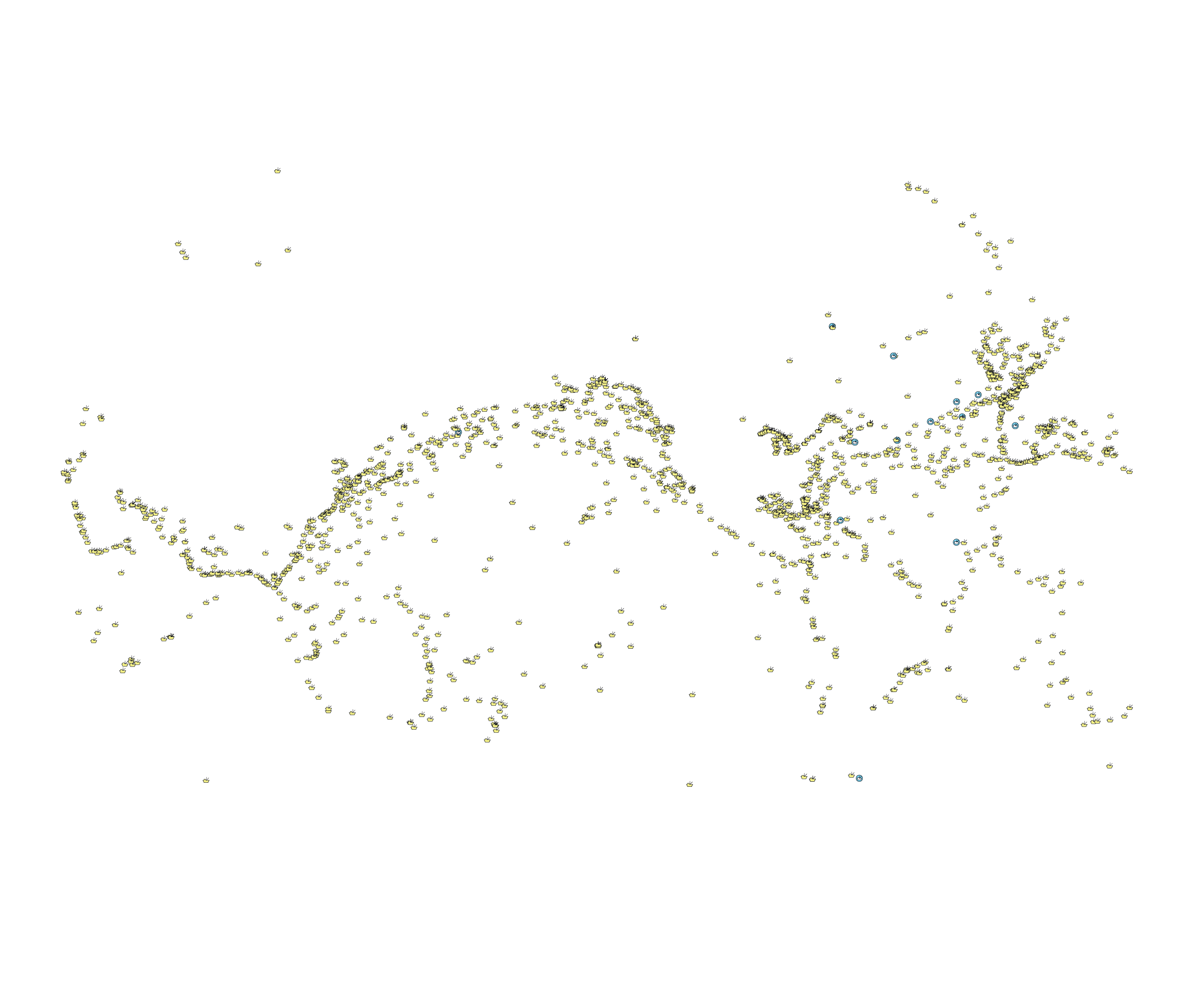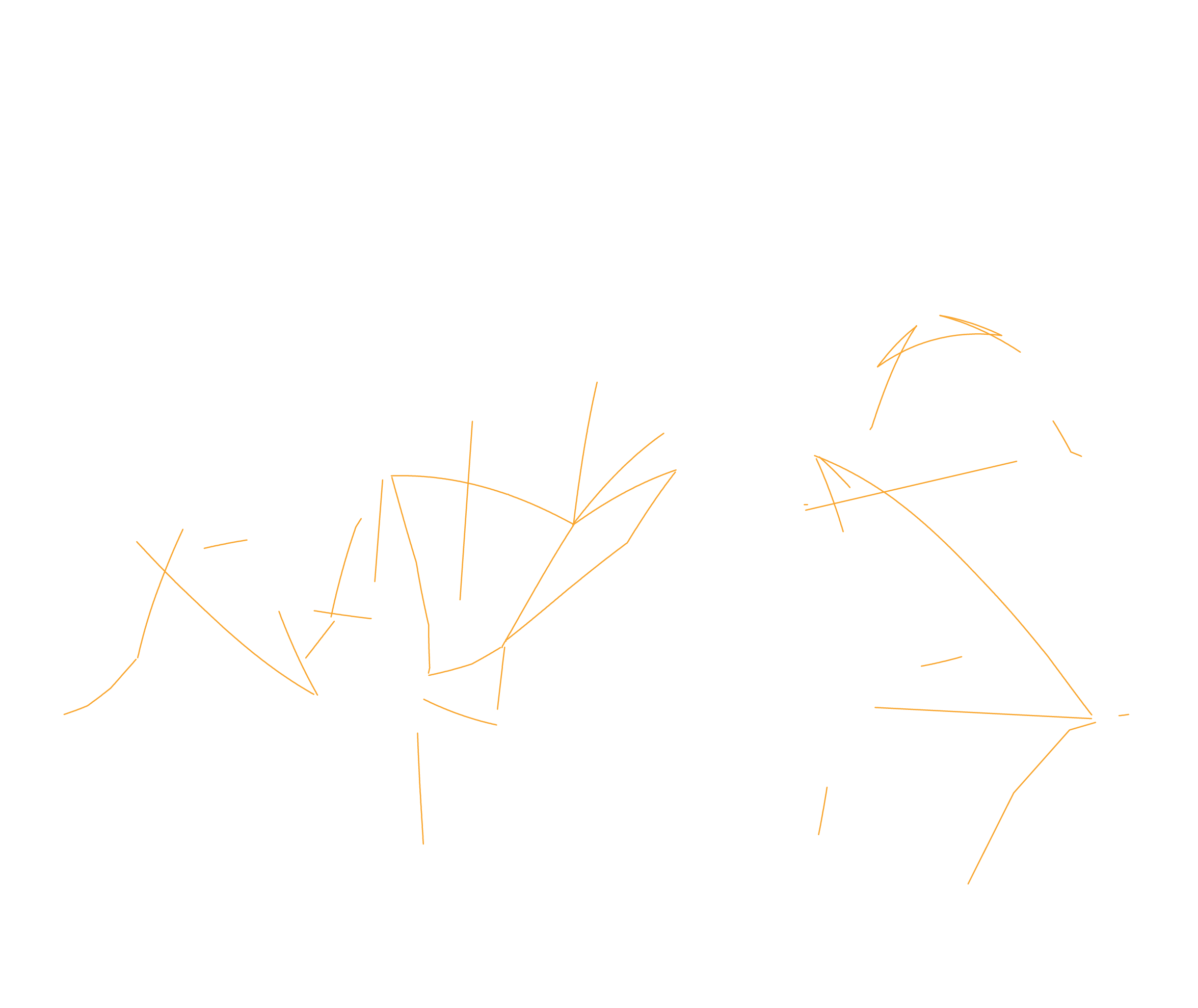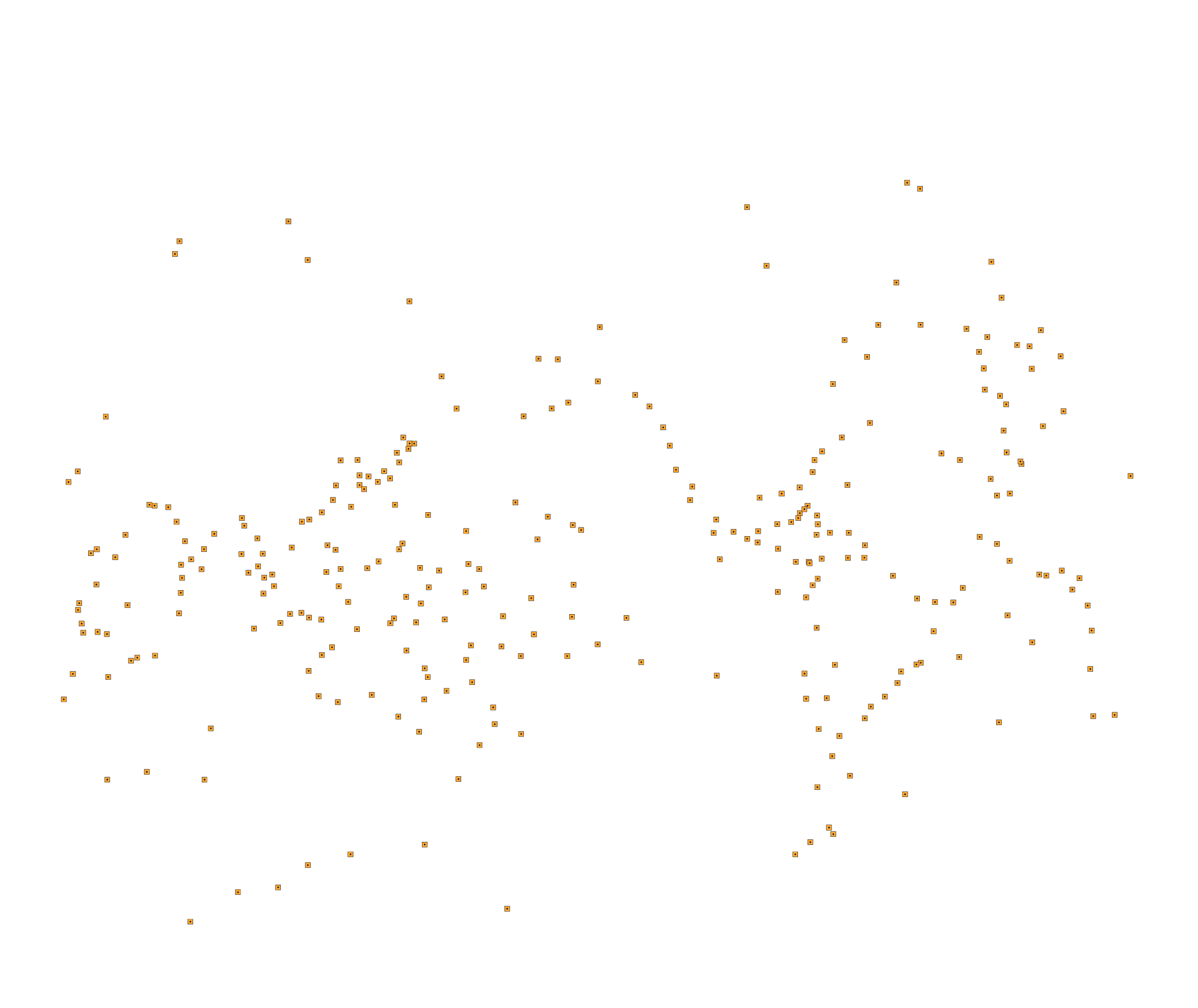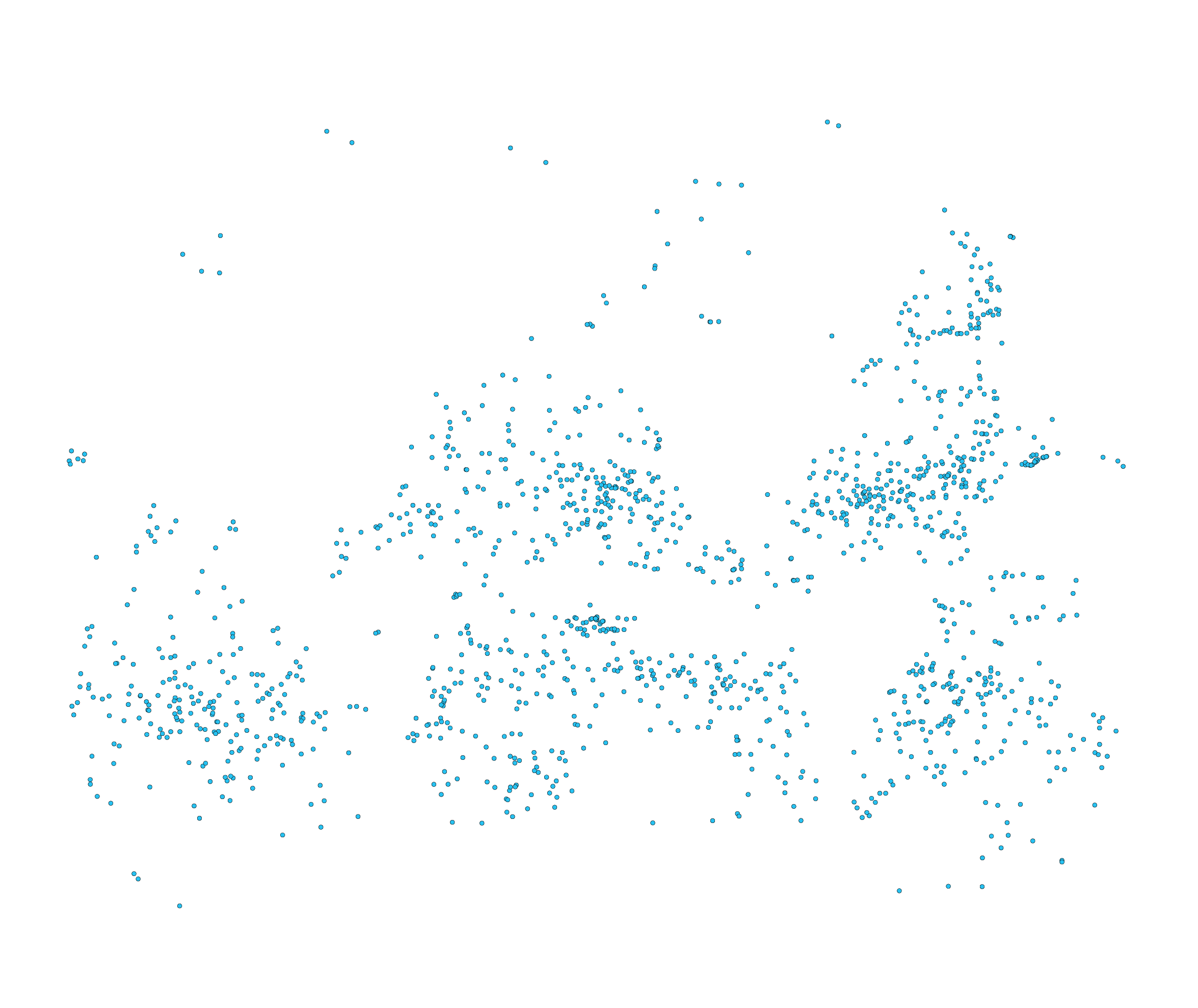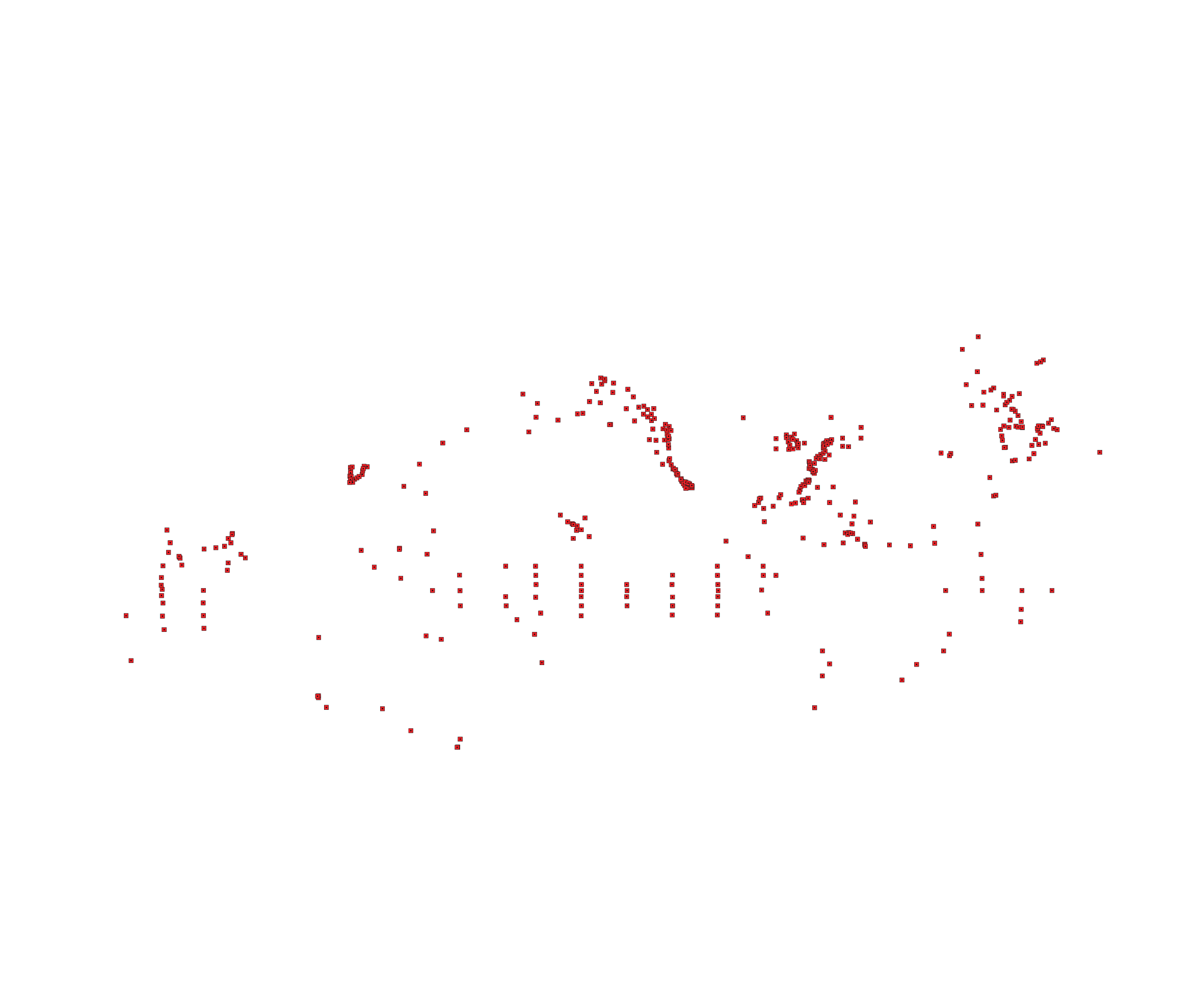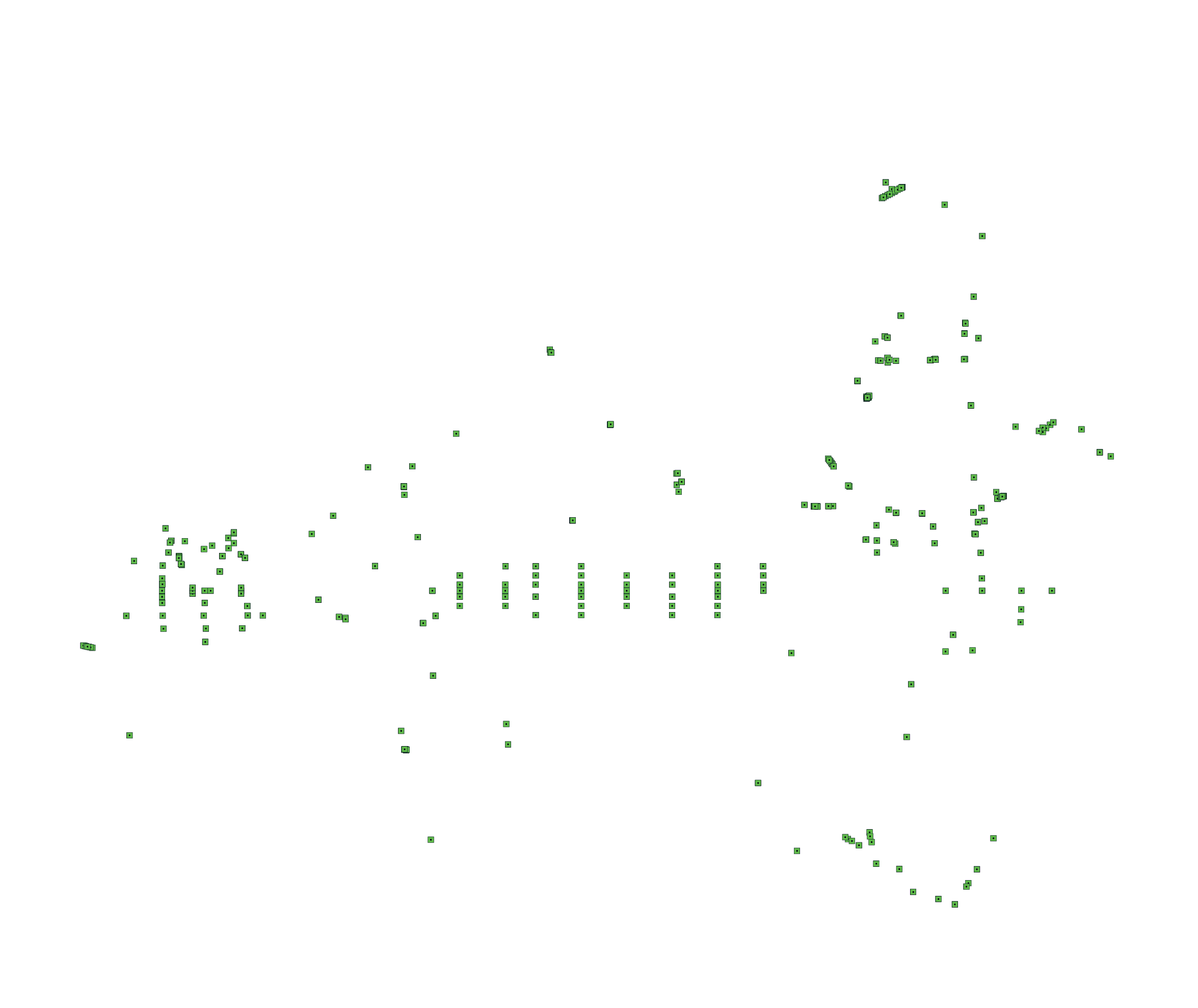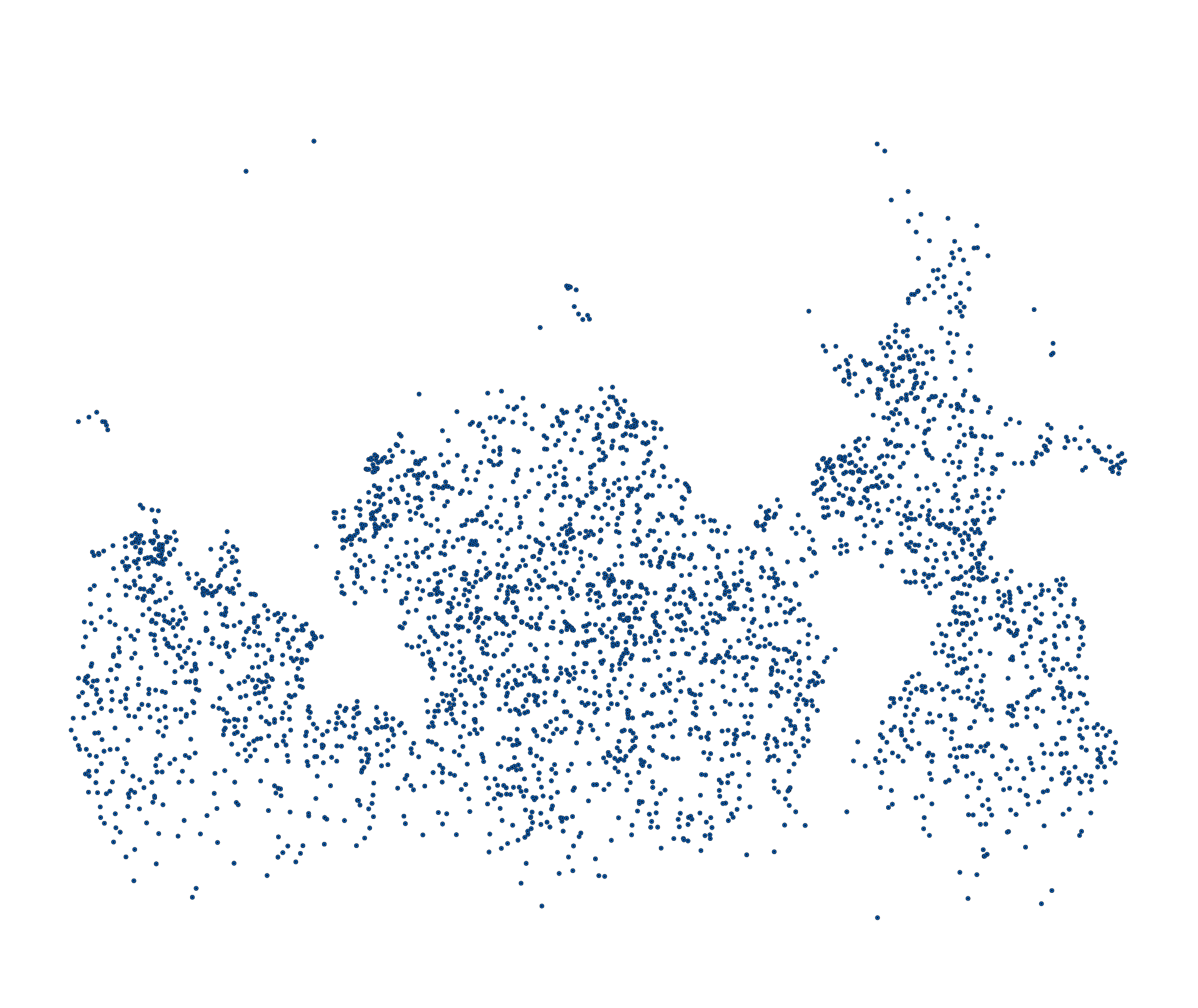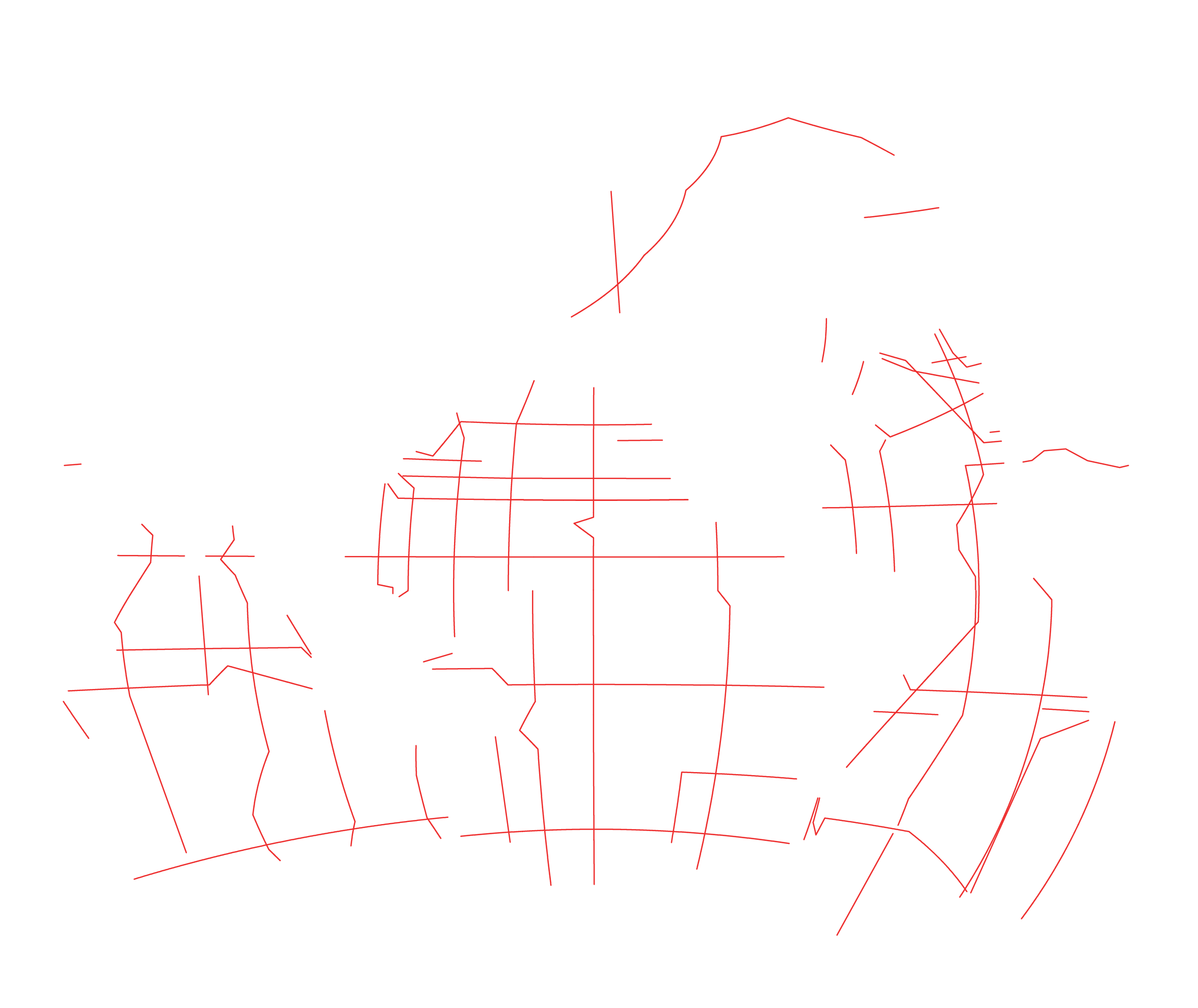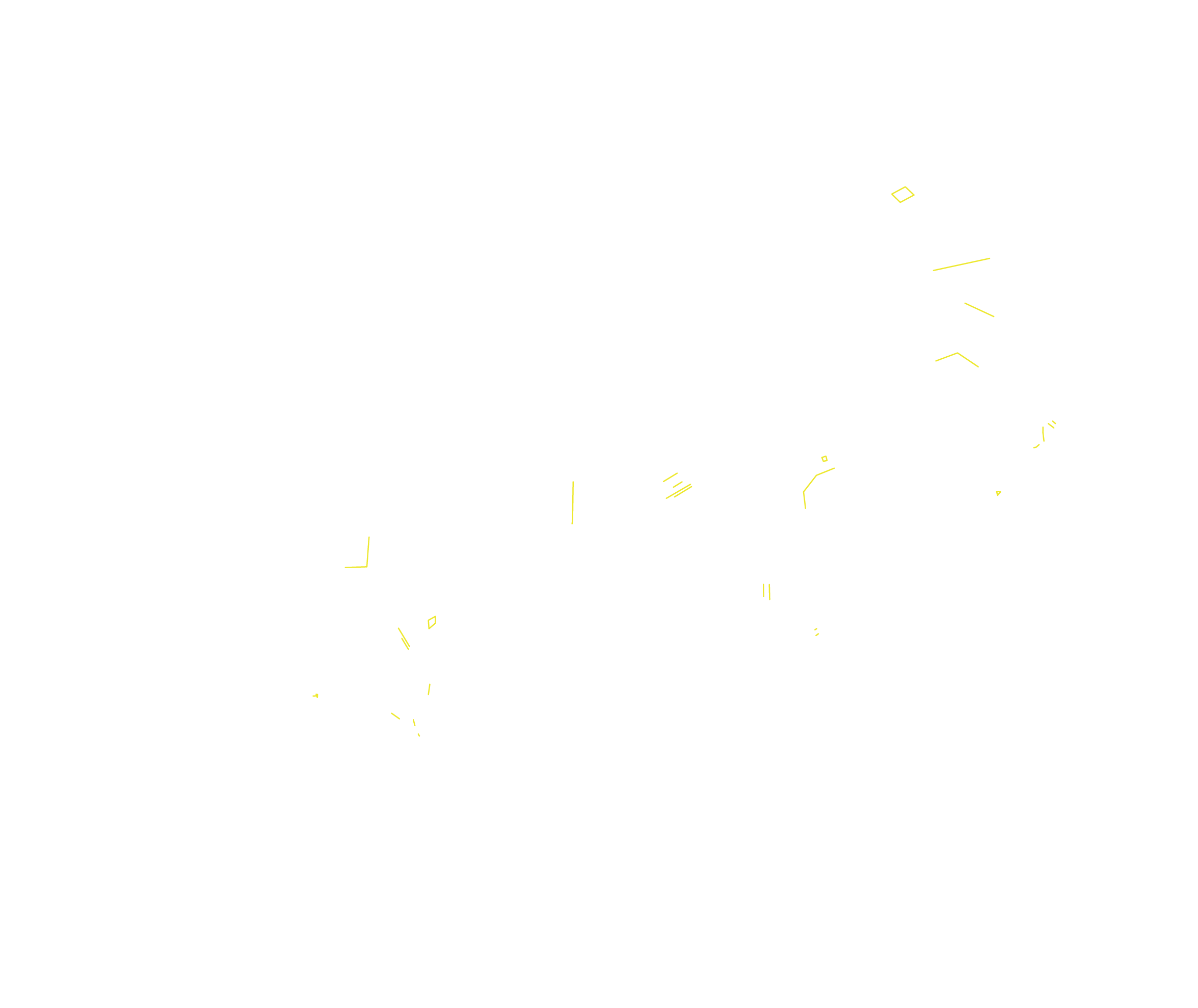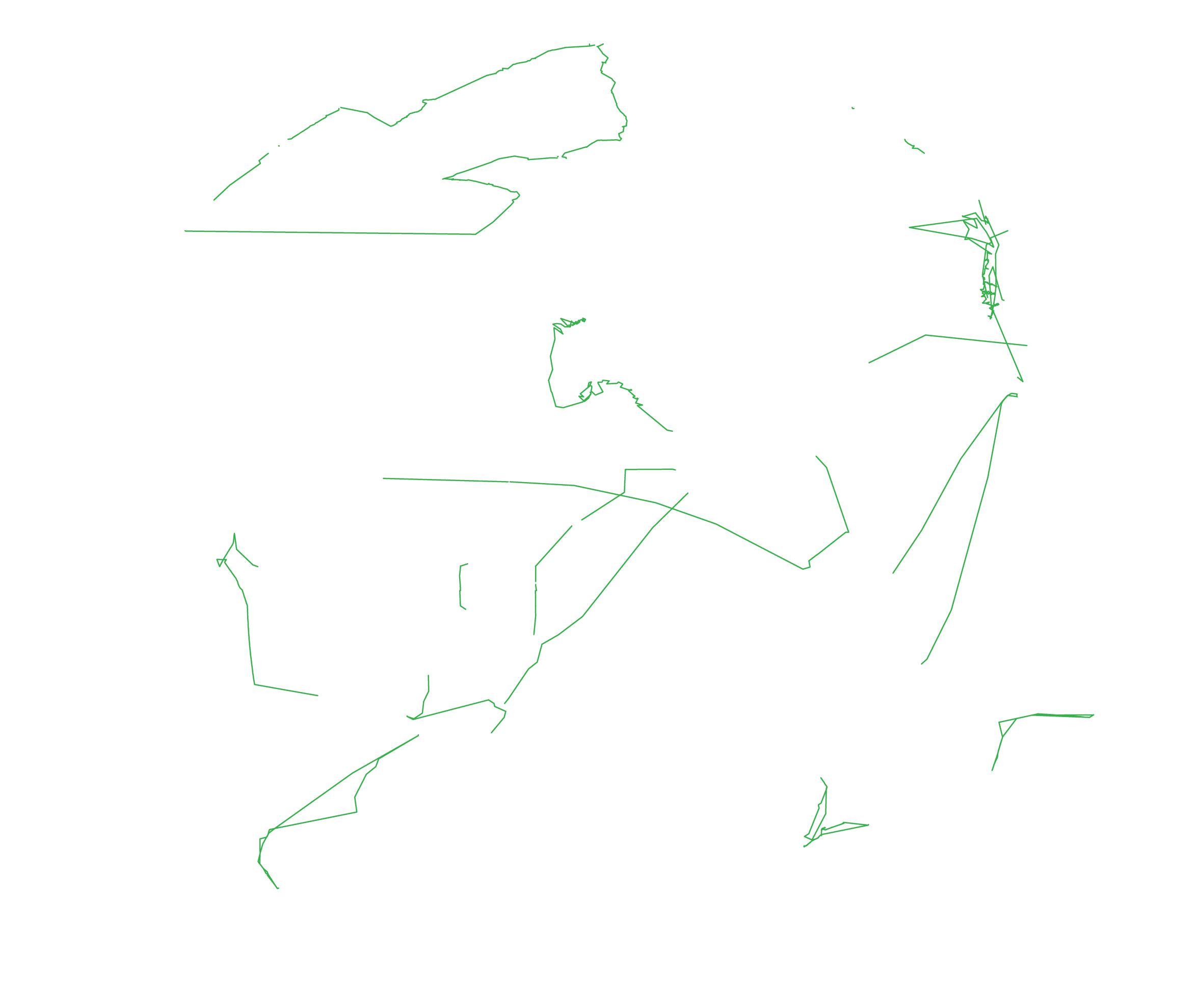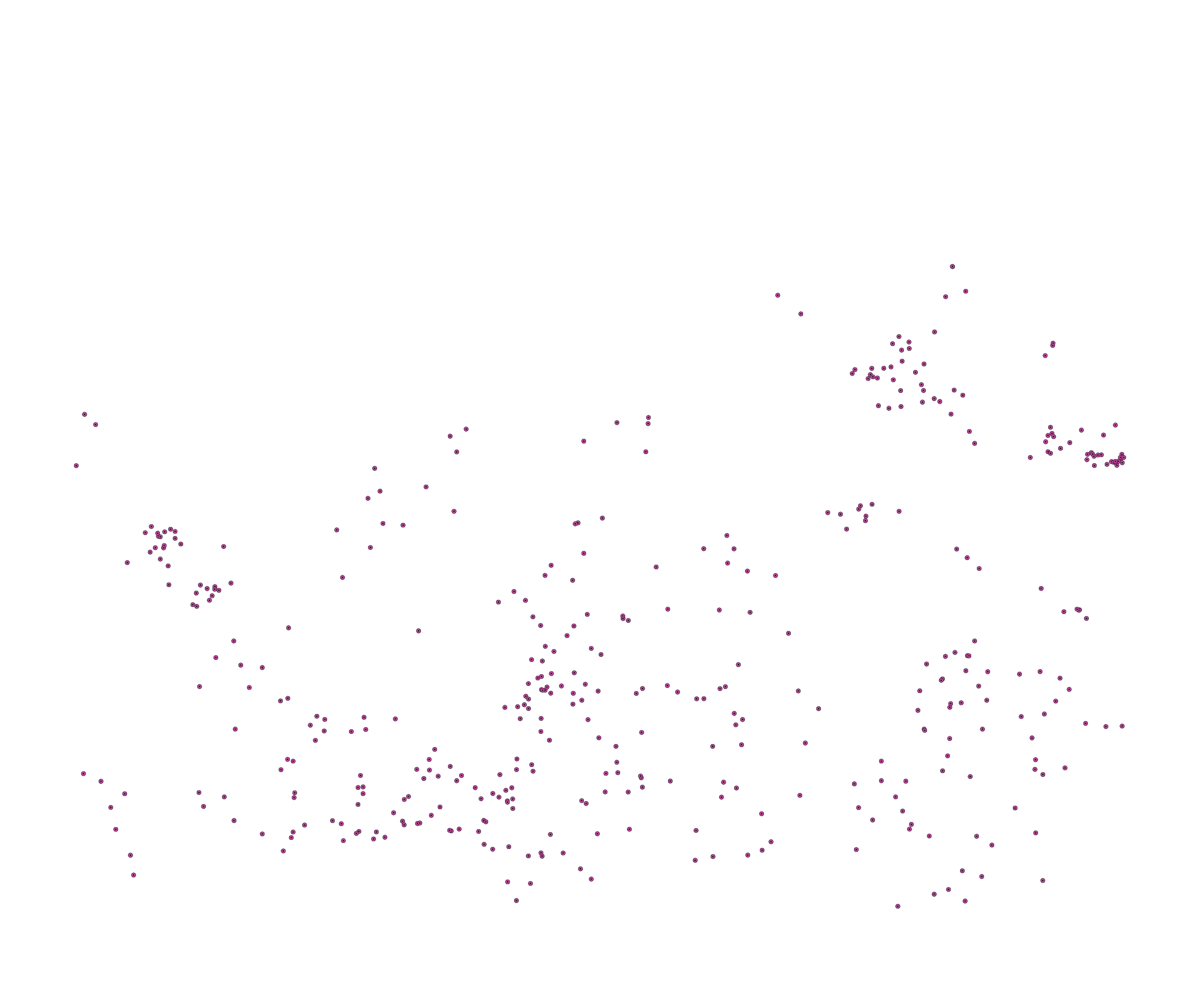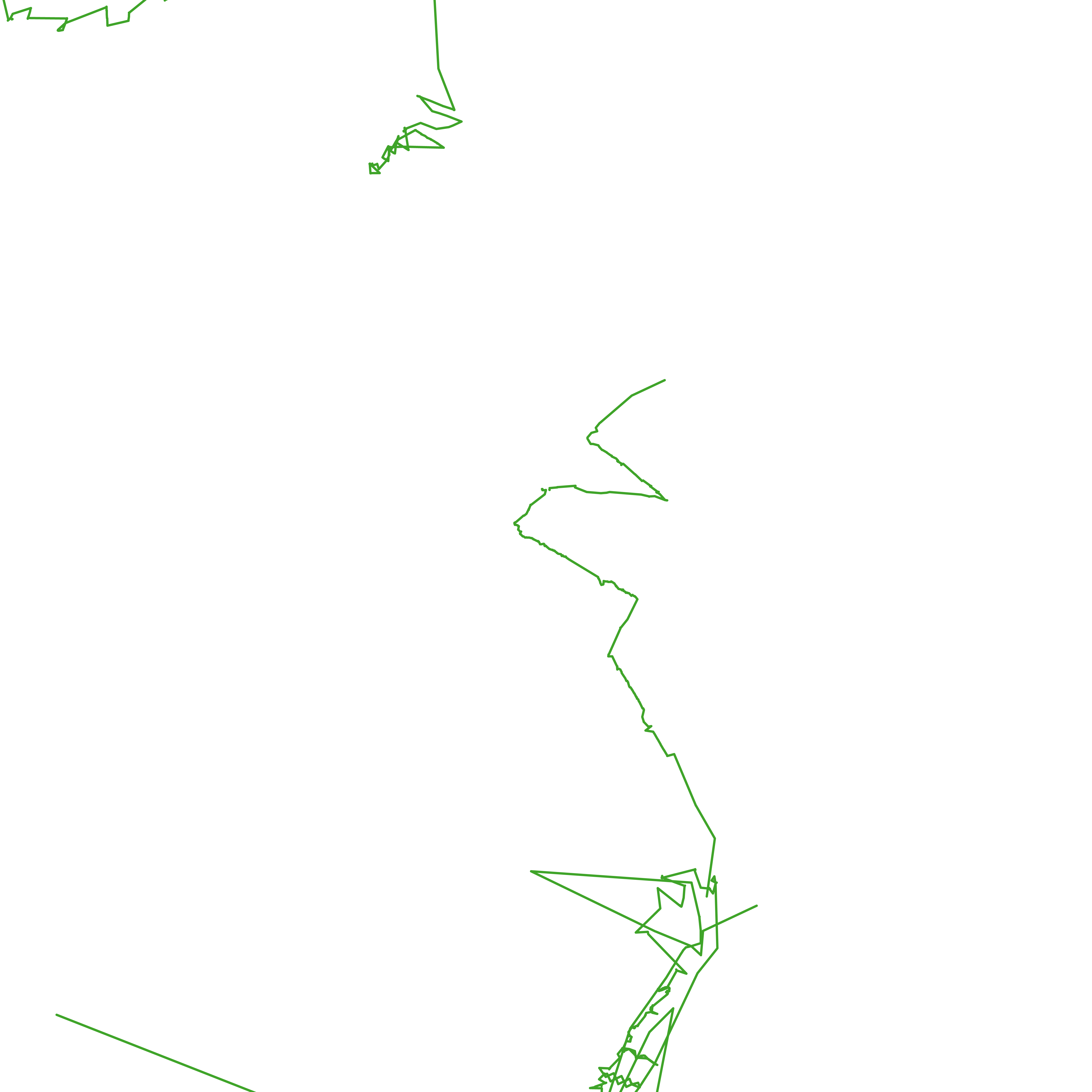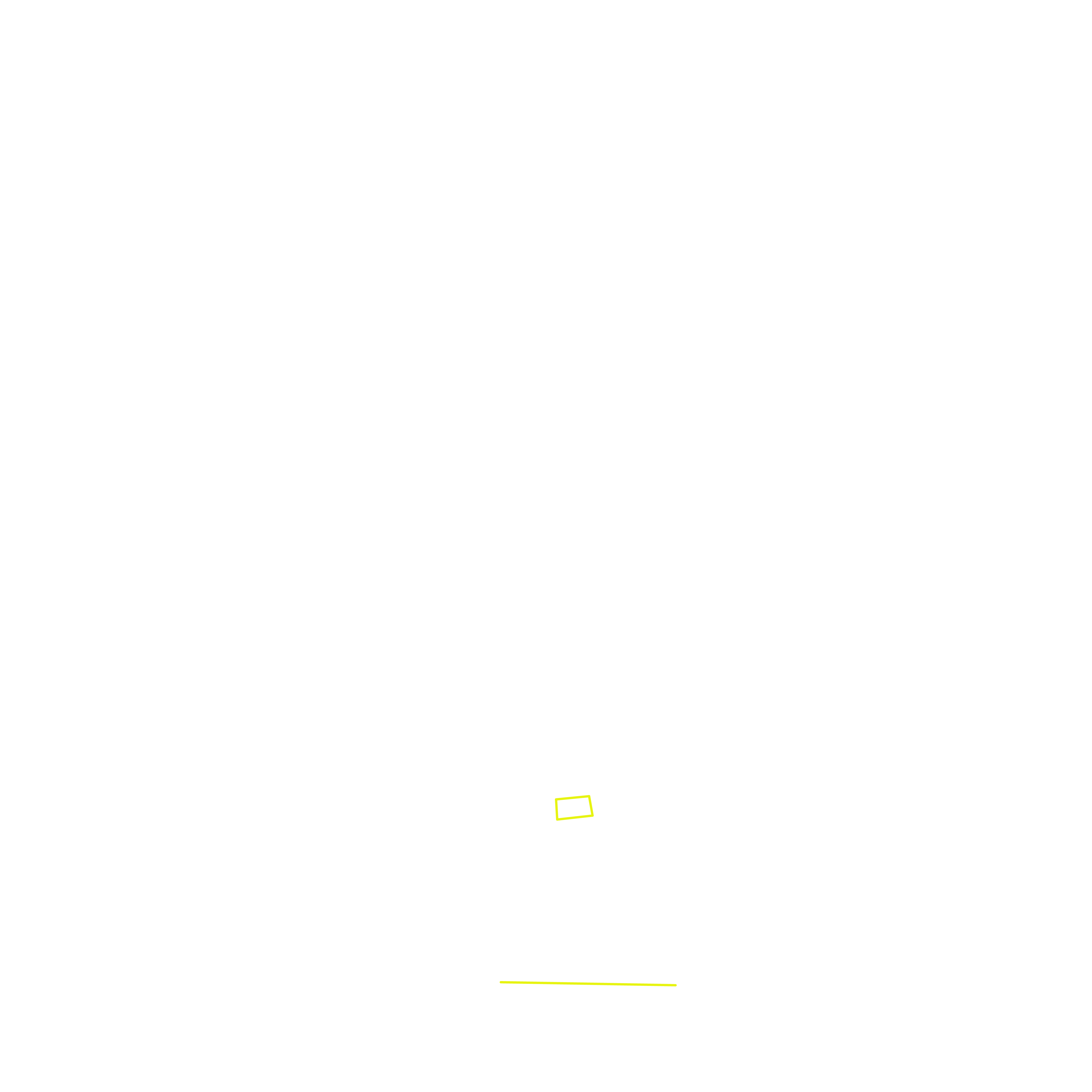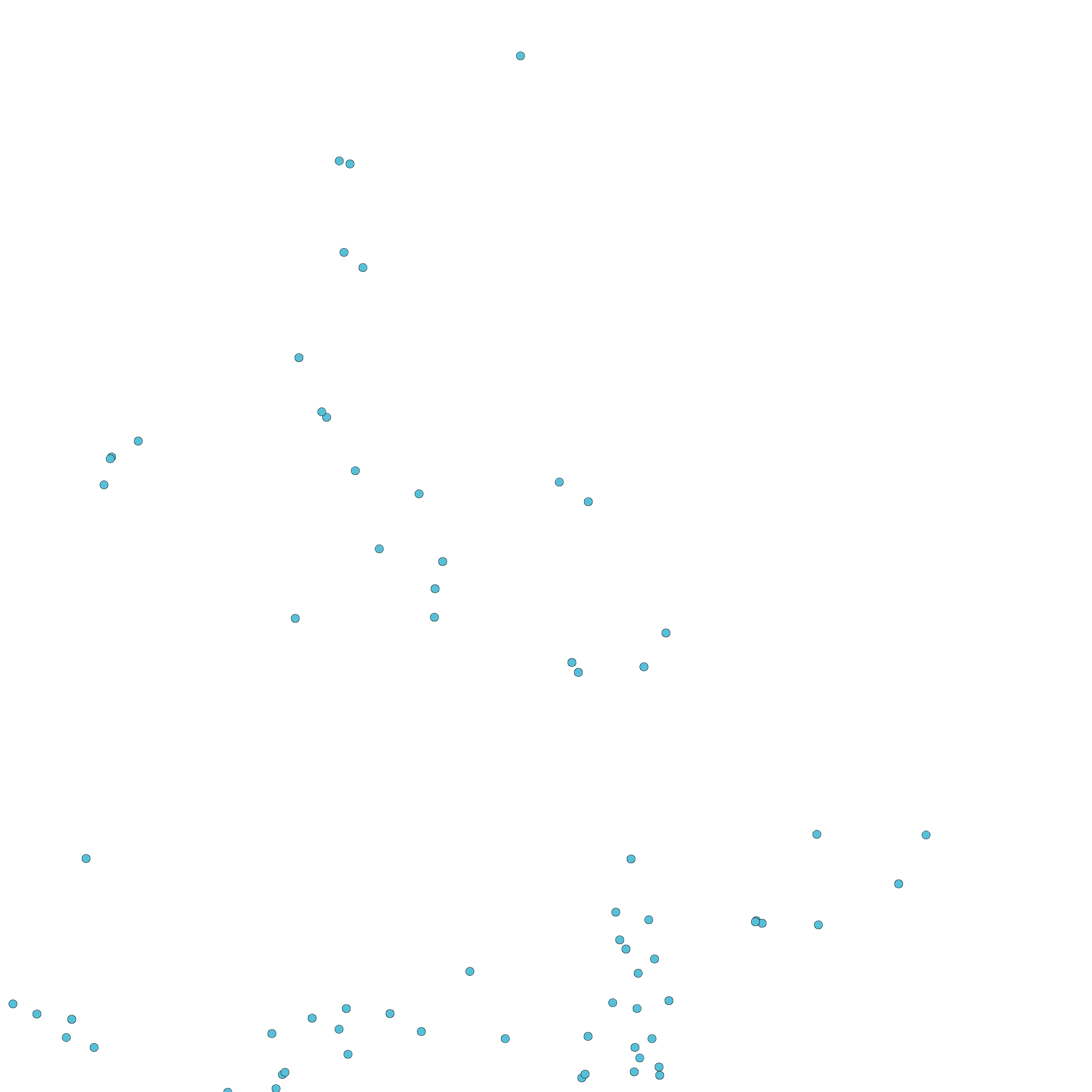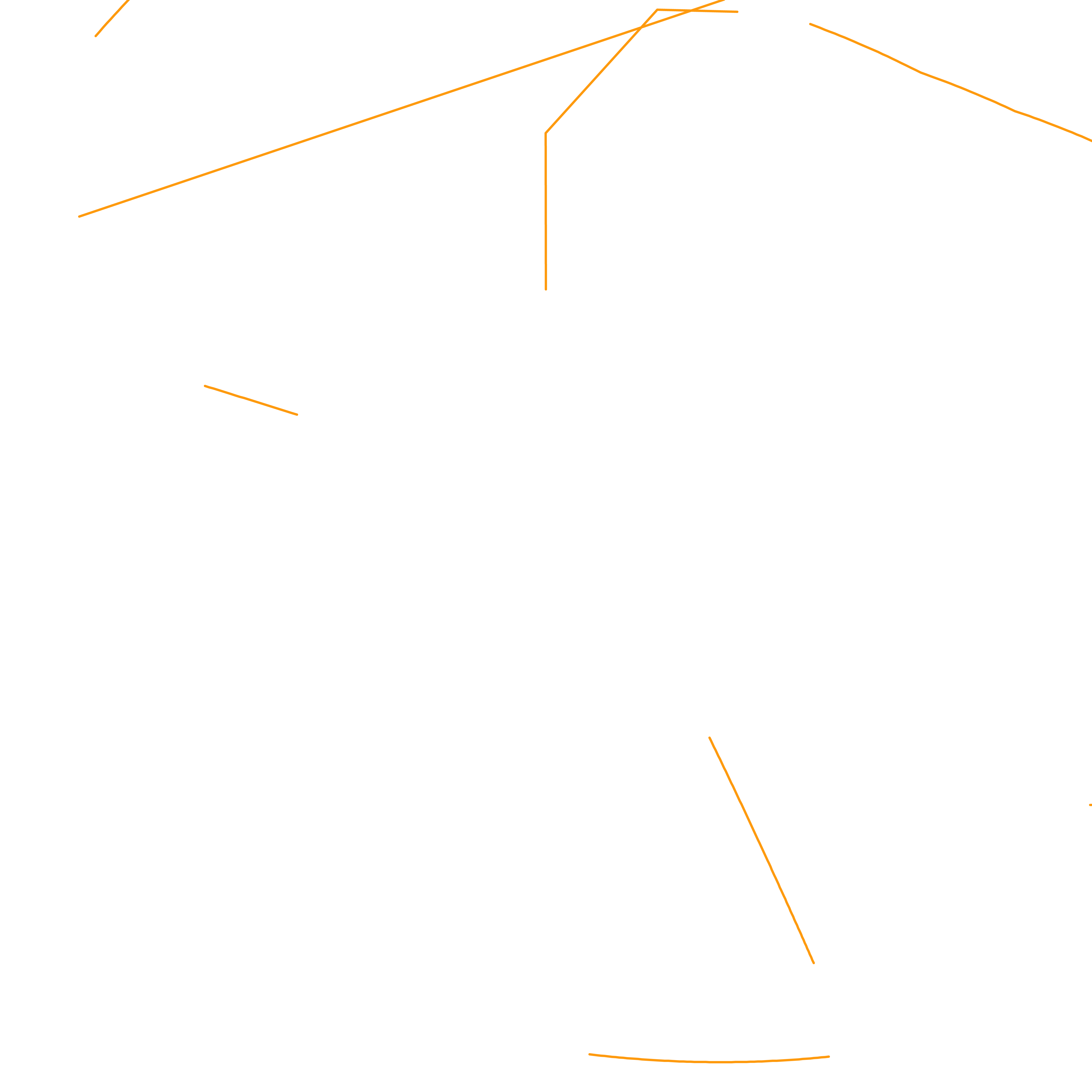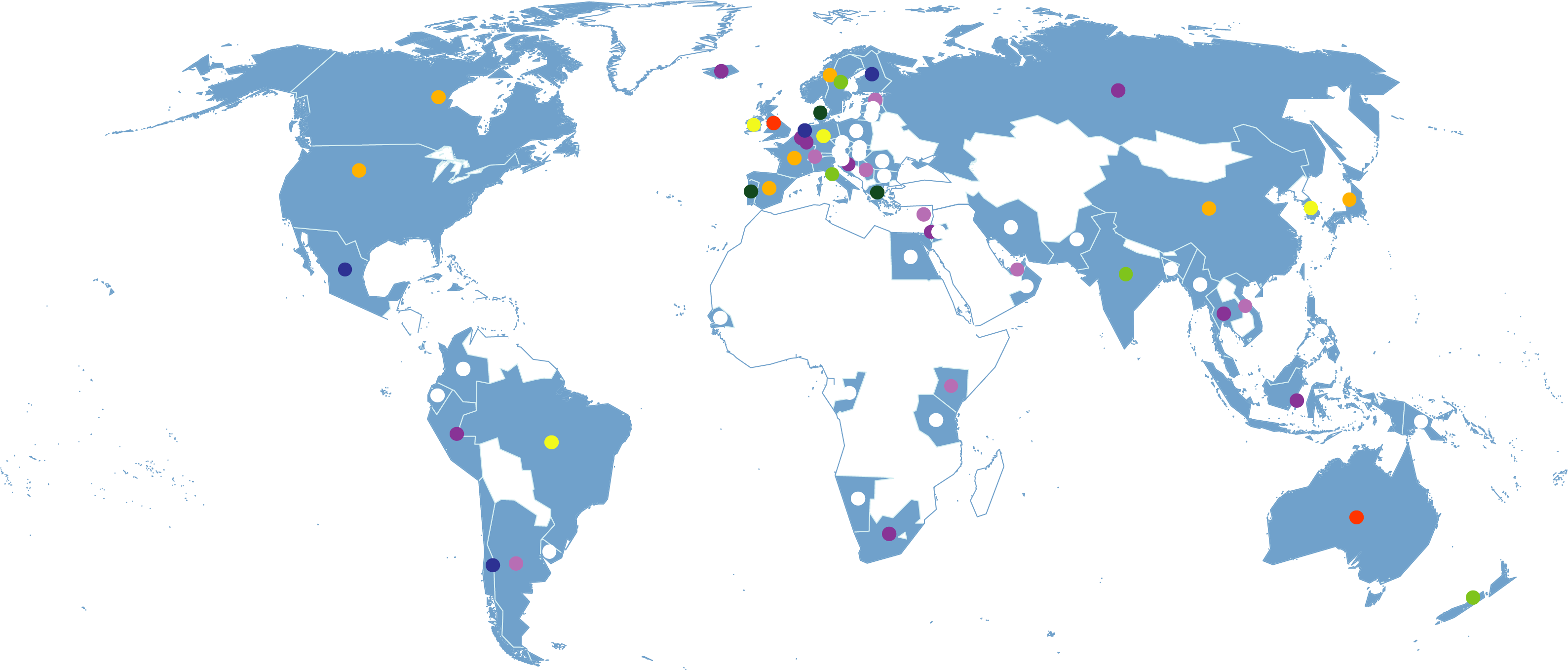Sea Surface Temperature (SST) satellite measurements are currently adequate towards marginal for the future. The GCOS target requirements for satellite SST are an accuracy of 0.1K over 100 km, a stability of 0.03K over 100-km scales, a horizontal resolution of 1-100 km and an hourly to weekly temporal resolution.
The temporal resolution requirement is met adequately. The importance of passive MW retrievals is especially seen in these coastal areas where polar orbiting IR sensors, during times of persistent cloud cover, can be prohibited from sampling on time scales of days.
The accuracy requirement is adequately met for most of the open ocean but is only marginally met for regions where the accuracy is degraded (for either passive microwave (PMW) or infrared (IR) observations) or IR observations are not available due to persistent cloud cover. IR accuracy is degraded in regions with high aerosols and water vapor PMW accuracy is degraded at high wind speeds. Accuracy is also degraded for both retrievals in the Arctic where a lack of in situ data for algorithm development and validation results in decreased performance. These topics are still on-going researches with regular updates to algorithms at all agencies. NOPP has funded a 5-year project, the Multi-Sensor Improved Sea Surface Temperatures for the Arctic to increase the amount of in situ data and incorporate the new data into algorithm development.
The horizontal resolution requirement is met by data sets that combine infrared (IR) and microwave (MW) derived SSTs. However, this is also both temporally and regionally dependent. In areas of persistent seasonal cloud cover (upwelling regions) the feature resolution is inherently reduced to 25km, the PMW resolution.
GCOS also requires to continue the provision of best possible SST fields based on a continuous coverage mix of polar orbiting (including dual view) and geostationary IR measurements, combined with passive MW coverage. Geostationary satellites are essential for resolving the diurnal cycle, not resolved with polar orbiting satellites. They provide SST data since 2000 with a low accuracy (0.5K) that will be improved in the future. IR polar orbiter provide measurements at high latitudes and at high resolution. There are currently 8 polar orbiting satellites, decreasing to a still respectable 3-approved-satellites by 2025.
However, passive MW SST data are currently available from 3 instruments, but 2 of those have provide polar coverage and both are well beyond their expected lifespans. MW instruments are in planned development by the European Space Agency (ESA), within the Sentinel program, and by JAXA for launch on GOSAT3. However, no SST-capable passive MW sensor has been approved at this time and there is a strong likelihood that global PMW SSTs will not be available within a few years. Continuity of the passive MW SST record, which is critical for cloudy regions where no IR measurements are available, is in extreme jeopardy.
Critical to accuracy of SSTs are the series of Along-Track Scanning Radiometers (ATSR). The ATSR dual-view capability allows for improved atmospheric corrections which are necessary to achieve the climate precision of 0.1K/decade. The ATSR capability is being continued with the Sea and Land Surface Radiometer (SLSTR) on board ESA’s sentinel 3. US polar orbiting IR satellites include the Advanced Very High-Resolution Radiometer (AVHRR), the Moderate Resolution Imaging Spectroradiometer, and the Visible Infrared Imaging Radiometer Suite (VIIRS). These three satellites maximize coverage and spatial resolution, especially in areas of persistent cloud cover. However, MODIS Terra and Aqua are now 20 years in operation. Their failure would also seriously inhibit the number of cloud free pixels, especially in the coastal areas and Arctic.
For more information contact: ChelleGenteman (cgentemann@gmail.com)/Jorge Vazquez (Jorge.Vazquez@jpl.nasa.gov)





